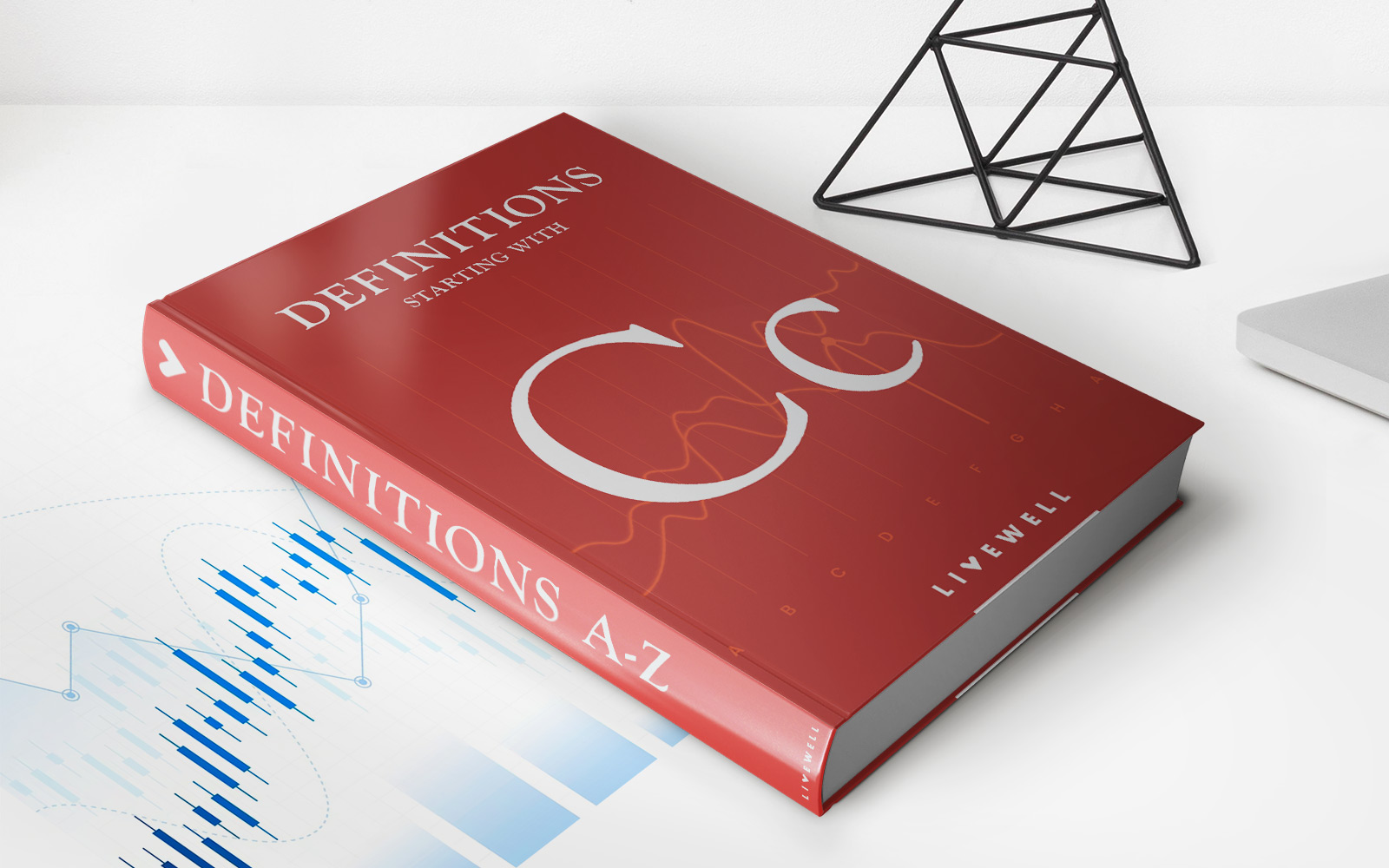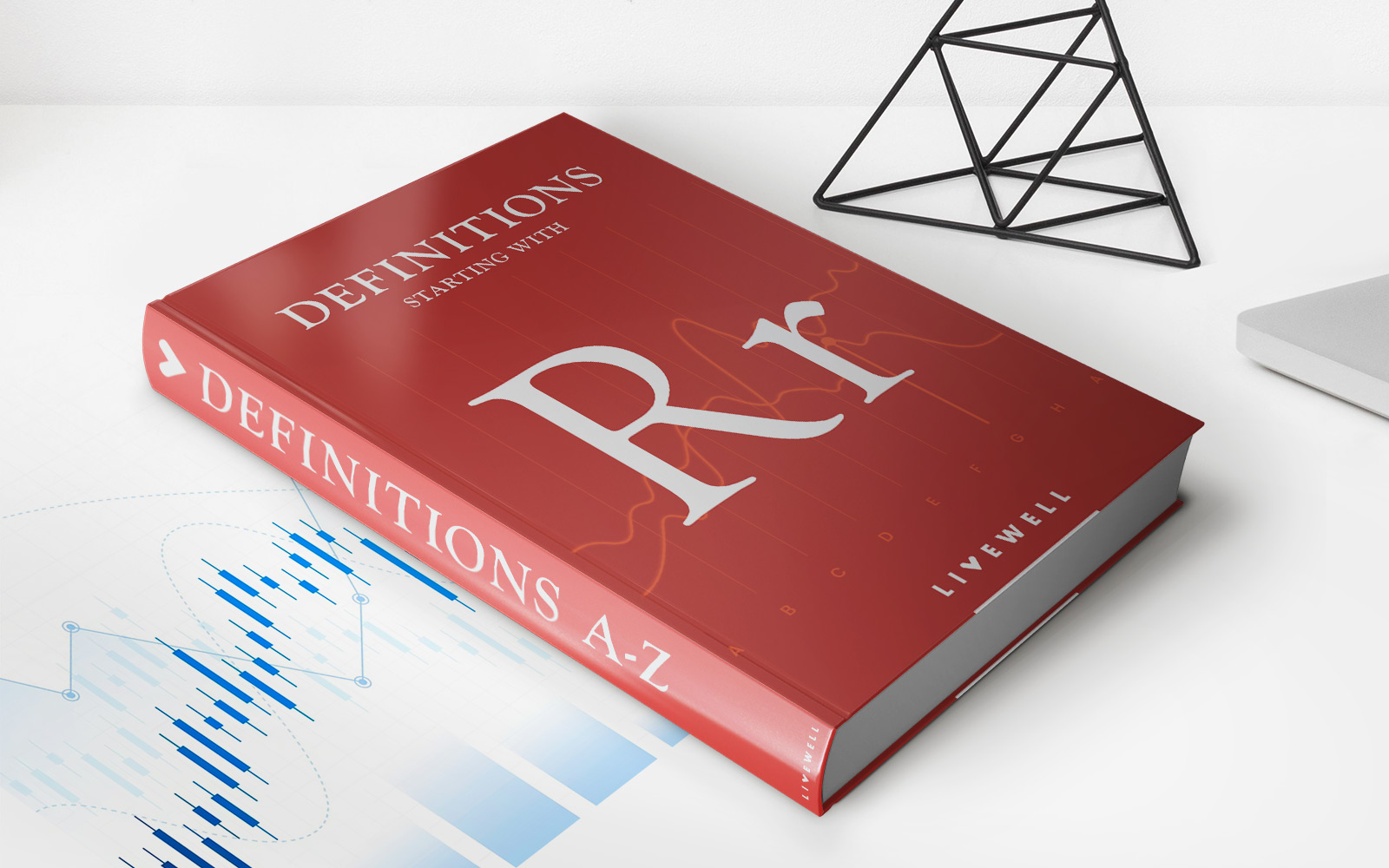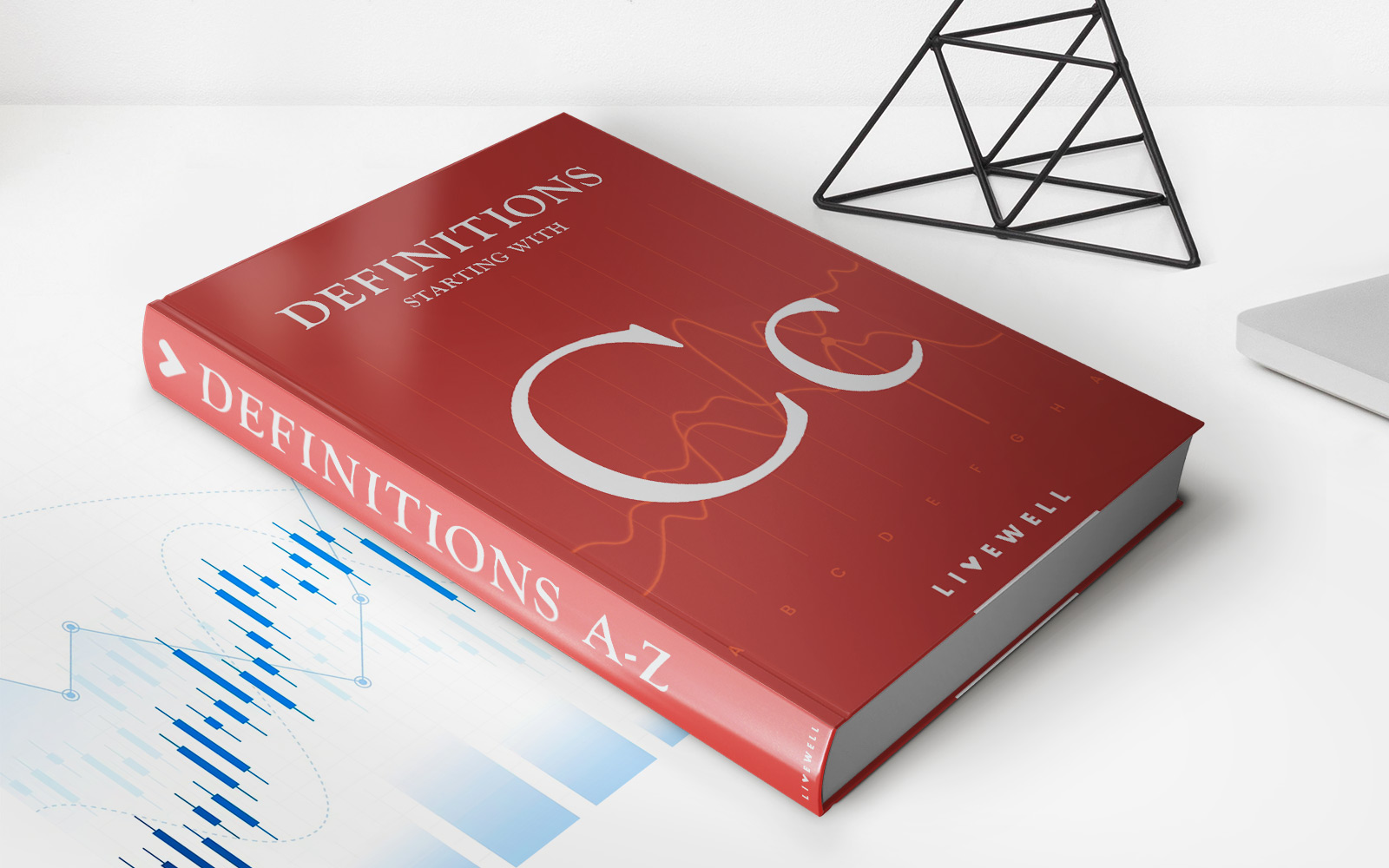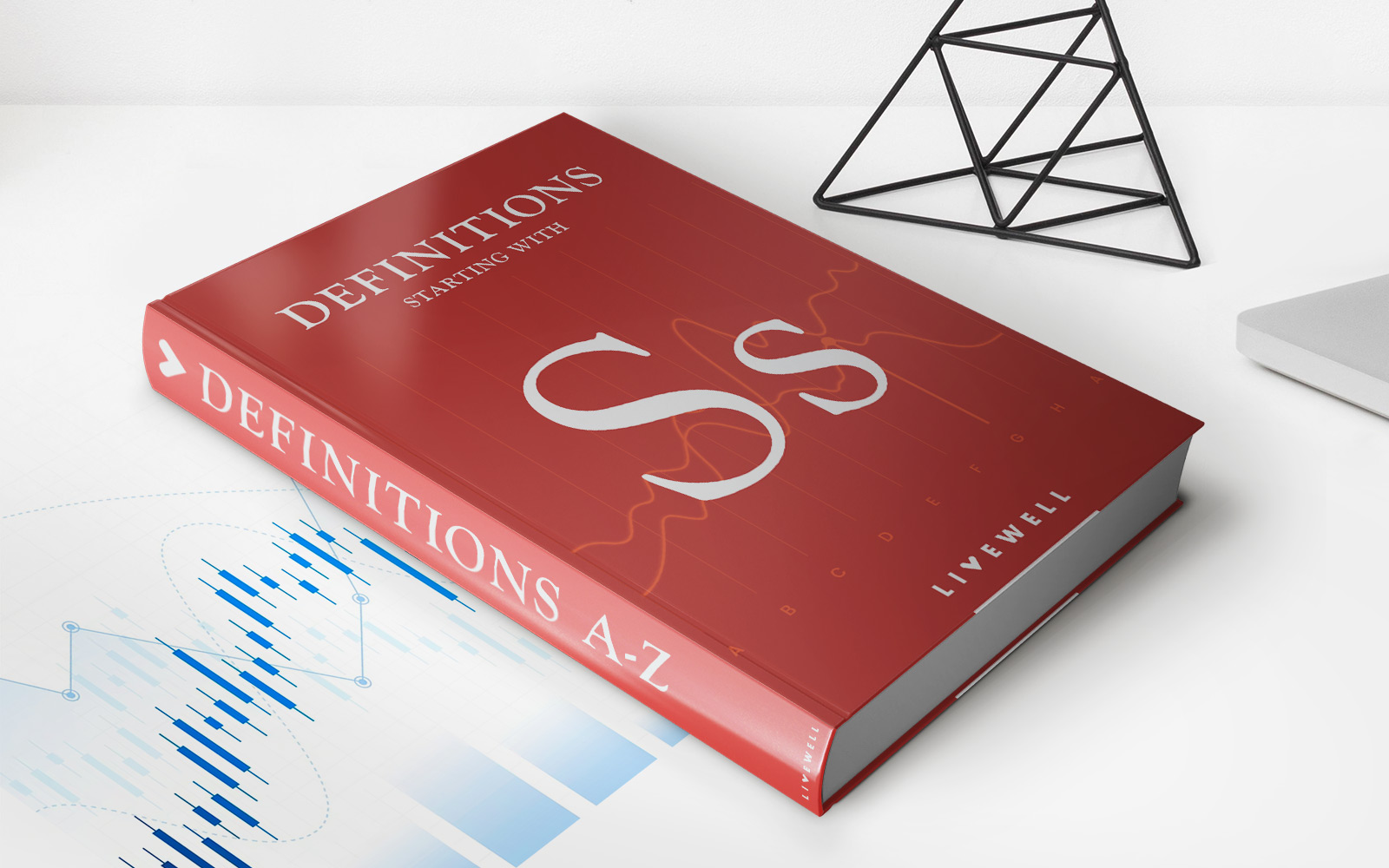Home>Finance>What Is Cost Synergy? Definition, How It Works, And Types


Finance
What Is Cost Synergy? Definition, How It Works, And Types
Published: November 4, 2023
Learn the definition of cost synergy in finance, its workings, and various types. Enhance your knowledge and make informed decisions regarding financial synergies.
(Many of the links in this article redirect to a specific reviewed product. Your purchase of these products through affiliate links helps to generate commission for LiveWell, at no extra cost. Learn more)
Unlocking the Power of Cost Synergy: A Guide to Maximizing Financial Efficiency
Welcome to our Finance category where we dive deep into various financial topics to help you navigate your way to financial success. In today’s article, we will explore the concept of cost synergy – what it means, how it works, and the different types. Whether you’re a business owner, a finance professional, or simply someone interested in understanding financial optimization, this post will provide valuable insights that can help you strategize and achieve your financial goals.
Key Takeaways:
- Cost synergy refers to the cost savings or increased operational efficiency that can be achieved when two or more entities combine or collaborate.
- It allows companies to streamline processes, eliminate redundancies, leverage economies of scale, and optimize resource allocation.
Now, let’s delve into the details of cost synergy. At its core, cost synergy is all about finding ways to maximize financial efficiency by reducing costs or increasing revenues through strategic partnerships, mergers, acquisitions, or collaboration efforts. By combining resources, knowledge, and expertise, companies can unlock new opportunities for growth and profitability.
How does cost synergy work?
Cost synergy can be achieved through various strategies and initiatives that focus on eliminating duplicate functions and streamlining operations. Let’s take a closer look at some key elements:
- Process optimization: One of the primary ways to achieve cost synergy is by optimizing processes. This involves identifying and eliminating inefficiencies, automating tasks, improving workflows, and reducing waste. By streamlining operations, companies can reduce costs and enhance productivity.
- Resource consolidation: Another important aspect of cost synergy is resource consolidation. This includes combining departments, facilities, or assets to eliminate redundancies and take advantage of economies of scale. Consolidating resources helps to reduce overhead costs and obtain better pricing from suppliers.
- Shared services: Implementing shared services is a common approach to cost synergy. By centralizing functions such as IT, HR, finance, or procurement, companies can eliminate duplicate roles and resources. This not only achieves cost savings but also allows for standardization and better coordination of activities.
Now, let’s explore the different types of cost synergy:
Types of Cost Synergy:
- Revenue enhancement: Focuses on increasing sales or expanding the customer base through joint marketing efforts, cross-selling, or leveraging each other’s distribution channels. This type of cost synergy aims to boost revenues and generate additional profits.
- Expense reduction: Concentrates on minimizing costs by leveraging economies of scale, streamlining operations, or negotiating better procurement terms. Expense reduction aims to optimize cost structures and increase overall efficiency.
- Synergy of expertise: Refers to leveraging complementary skills, knowledge, and capabilities to enhance performance and create value. Combining different areas of expertise can fuel innovation, improve decision-making, and drive growth.
It’s important to note that cost synergy is not a one-size-fits-all solution. The specific strategies and initiatives implemented will depend on the goals, nature of the collaboration, and industry-specific dynamics. However, when effectively harnessed, cost synergy can result in significant financial benefits and competitive advantages.
In conclusion, cost synergy is a powerful tool that enables companies to optimize their financial performance by unlocking cost savings, streamlining operations, and leveraging complementary resources and expertise. By understanding the concept and implementing the right strategies, businesses can enhance their financial efficiency, drive growth, and stay ahead in today’s competitive landscape.
Thank you for reading our finance blog post! Stay tuned for more informative articles that will help you navigate the world of finance and achieve your financial goals.














